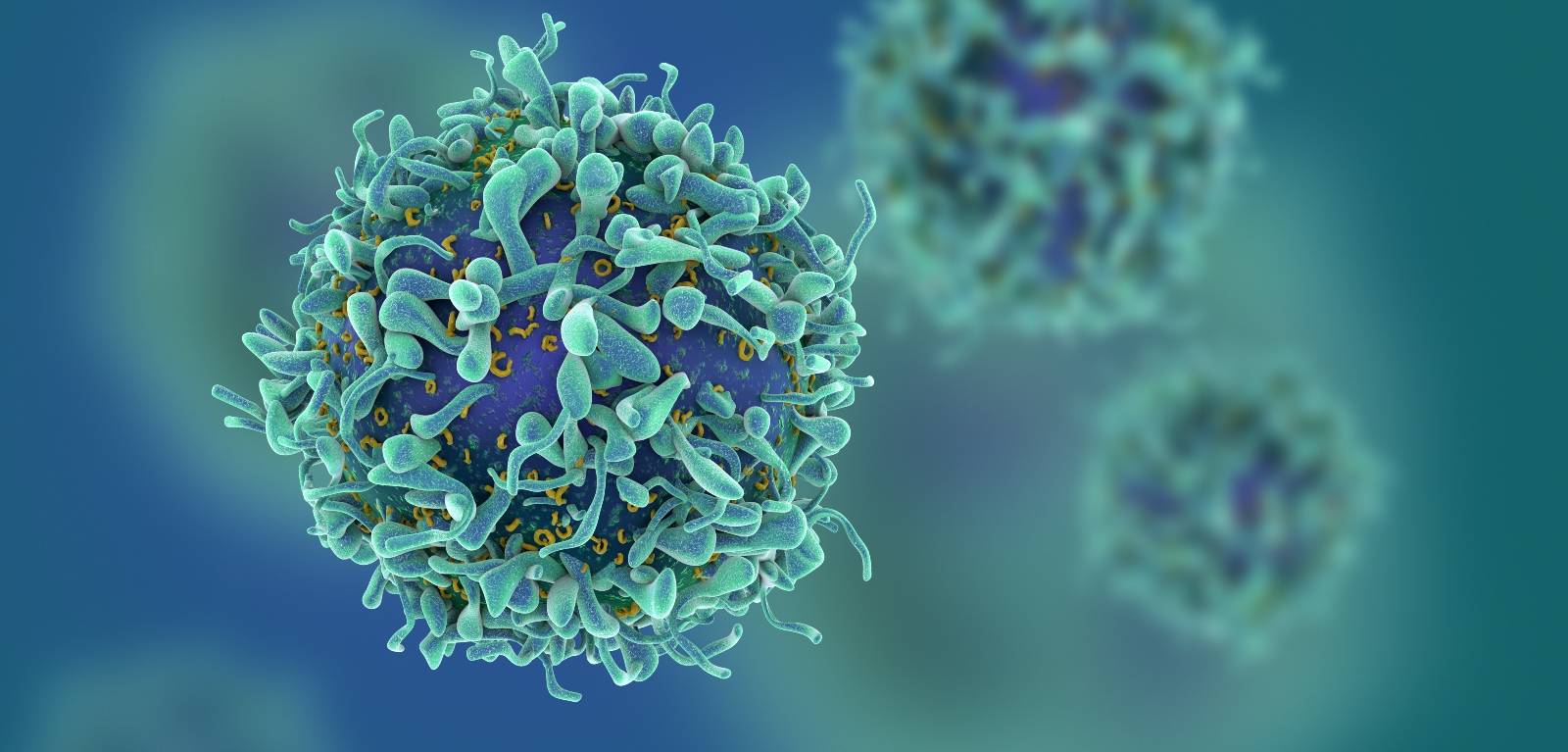Cancer incidence and survival statistics for Northern Ireland 1993-2022
The Queen’s University Northern Ireland Cancer Registry (NICR) today released the official statistics on cancer diagnosed in Northern Ireland during 1993-2022.

This release provides details of the number of cancer cases diagnosed each year along with incidence rates over time and estimates of patient survival.
Key facts and figures are presented below.
Cancer incidence
-
There were 10,319 (5,278 male, 5,041 female) patients diagnosed with cancer each year during 2018-2022. This excludes the frequently diagnosed but easily treated non-melanoma skin cancer (NMSC). There were on average 3,852 cases of NMSC diagnosed each year.
-
The most common cancer types diagnosed during 2018-2022 were:
-
Among females: Breast cancer (1,513 cases per year, 30.0% of all female cancers ex NMSC), lung cancer (654 cases per year, 13.0%) and colorectal cancer (561 cases per year, 11.1%)
-
Among males: Prostate cancer (1,402 cases per year, 26.6% of all male cancers ex NMSC), colorectal cancer (708 cases per year, 13.4%) and lung cancer (including trachea) (706 cases per year, 13.4%)
-
Cancer risk was strongly related to age with 34.8% of cases occurring among people aged 75 years and over.
-
On average 50 children (aged 0-14) were diagnosed with cancer each year.
-
The odds of developing cancer by age 85 was 1 in 2.3 (2.1 for men, 2.5 for women).
-
Although the number of cancer cases reduced in 2020 during the COVID-19 pandemic, the pre-pandemic trend of increasing cancer cases has continued, with the average number of cancer cases (ex. NMSC) per year increasing by 8.7% from 9,489 cases in 2013-2017 to 10,319 cases in 2018-2022.
-
Cancer types with increases greater than 20% in the average number of cases per year between 2013-2017 and 2018-2022 were:
-
Among males: Thyroid cancer (65.9% increase), liver cancer (31.3% increase) and prostate cancer (22.0% increase)
-
Among females: Thyroid cancer (61.3% increase), gallbladder and other biliary cancer (27.3%) and head and neck cancer (23.3% increase)
-
Cancer incidence rates were 12.4% higher than the NI average in the most socio-economically deprived areas and were 5.9% lower than the NI average in the least socio-economically deprived areas.
-
The relationship with deprivation varied by cancer type with incidence of lung, liver, head & neck, kidney, cervical, oesophageal and stomach cancer higher in the most deprived areas than the NI average. The incidence of malignant melanoma and prostate cancer was higher than average in the least deprived areas.
-
During 2018-2022 the proportion of patients diagnosed with late-stage disease (stage IV) ranged from 3.1% for malignant melanoma to 51.2% for pancreatic cancer.
-
For the four most common cancer types the proportion of patients diagnosed at stage IV during 2018-2022 was 5.3% for female breast cancer, 17.6% for prostate cancer, 22.0% for colorectal cancer and 44.4% for lung cancer.
Cancer survival
-
Among patients diagnosed with cancer in 2013-2017 one-year net survival after diagnosis was 73.8%, while five-year net survival was 57.4%. However, one in five (19.2%) of patients died within 6 months of diagnosis.
-
Five-year net survival for patients diagnosed in 2013-2017 for the most common cancers was:
- Female lung cancer = 18.2%, Male lung cancer = 13.9%;
- Female colorectal cancer = 60.7%, Male colorectal cancer = 62.5%;
- Female breast cancer = 83.1%;
- Prostate cancer = 86.5%.
-
Five-year net survival was highest for testicular cancer (96.2%) and malignant melanoma (91.4%), but remained poor for lung cancer (15.9%), liver cancer (13.5%), unknown primary cancer (12.0%) and pancreatic cancer (8.0%).
-
Cancer survival improved between 2008-2012 and 2013-2017 with five-year survival increasing from 55.9% to 57.4%.
-
There were significant improvements in five-year survival between 2008-2012 and 2013-2017 for kidney cancer (60.5% to 68.1%) and lung cancer (11.1% to 15.9%).
-
The stage at diagnosis was the biggest factor in cancer survival. The contrast in five-year survival between early and late stage disease for patients diagnosed in 2013-2017 was:
- 7.6% for late stage colorectal cancer compared to 93.3% for early stage;
- 18.8% for late stage female breast cancer compared to 96.4% for early stage;
- 1.6% for late stage lung cancer compared to 52.4% for early stage;
- 45.6% for late stage prostate cancer compared to 97.8% for early stage.
-
The number of people living with cancer continues to increase. At the end of 2022, there were 73,994 people (Males: 33,425; Females: 40,569) living with cancer who had been diagnosed with the disease during 1998-2022.
-
The most prevalent type of cancer was breast cancer with 18,207 women living with the disease. This was followed by prostate cancer with 13,469 men living with the disease.
Media
Media inquiries to Sian Devlin at s.devlin@qub.ac.uk